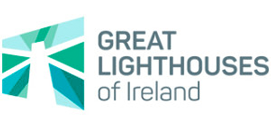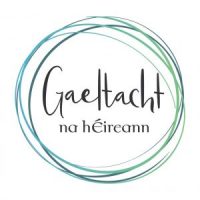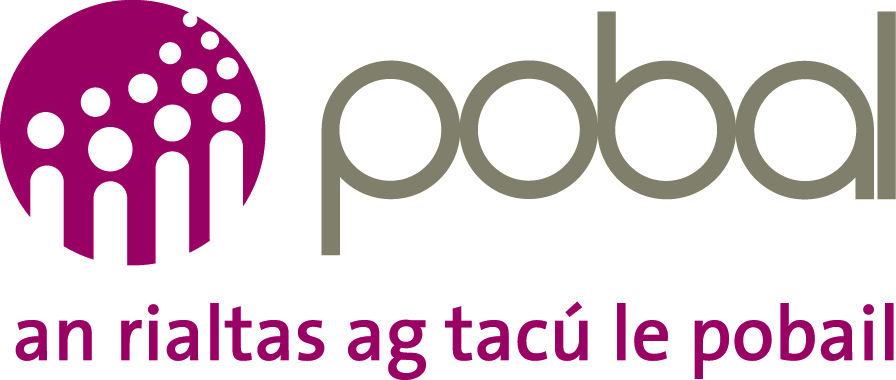The North Atlantic is an area rich in maritime history, and there are numerous fascinating shipwrecks off the coast, many of which can be dived today.
In 1914, HMS Audacious was one of the early losses of World War 1. A King George V-class battleship, she never actually got to engage in combat. On 24th October 1914, while on training exercises, she struck a German naval mine northwest of Fanad Head and was lost, although thankfully her 900-strong crew were saved. Three ships including RMS Olympic were tasked to try to tow her into Lough Swilly but the tow lines snapped in the heavy seas and Audacious was lost.
The wreck of the SS Empire Heritage is one of Europe’s most significant dive sites. This 15,000-tonne steam tanker was sunk by a U-Boat torpedo attack in 1944, 20 miles north of Malin Head, en route from New York to Liverpool with a cargo of war supplies. 113 lives were lost. The wreck site today is renowned for the array of Sherman tanks strewn eerily around the seabed.
One of our closest shipwrecks is that of SS Laurentic, a British ocean liner of the White Star Line. Built in Harland & Wolff in 1908, the same year as Titanic, the Laurentic was converted to an armed merchant cruiser at the beginning of WW1.
On 23 November 1917, Laurentic departed Liverpool for Halifax, Canada with 479 on board and a secret cargo of gold, payment for munitions from Canada and the United States. She stopped at Buncrana two days later, under doctor’s orders to let a small number of passengers with yellow fever symptoms disembark.



















